A few months ago as I waited at the Walnut Creek, CA BART (Bay Area Rapid Transit) station for my train into San Francisco and looked across to the new parking lot under construction (see artist rendering below), the fairly obvious thought came to me. Mass transit stations are ideal beachheads for helping to solve the growing need for public EV charging stations.
Following are 8 reasons I’ve come up with (readers may have others) of why mass transit parking lots make ideal locations as EV charging centers:
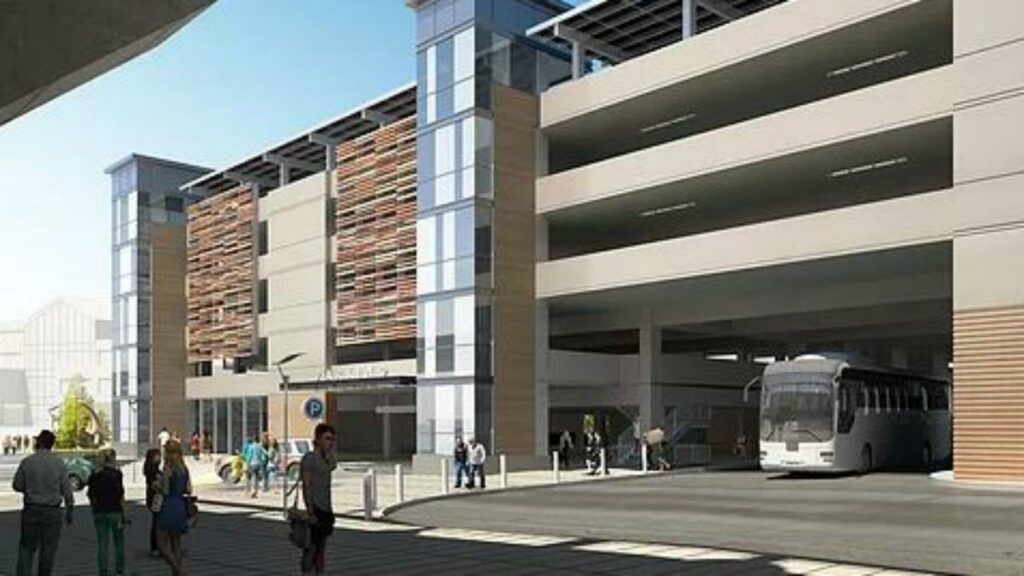
1. Multifamily/Renter Charging Solution: One of the biggest hurdles to mass adoption of EVs is access to charging stations for renters and people without convenient or any access to home charging. Multifamily property owners typically do not want to invest in charging stations at this stage of EV adoption because of the cost and minimal demand. Additionally apartment owners/managers without EV charging stations are not yet losing renters to competing complexes, so there is little incentive to invest.
Until this market dynamic changes, most EV-driving renters have to charge at their workplace and/or urban charging centers. Hence, charging stations at mass transit parking lots are ideal solutions for EV-driving renters.
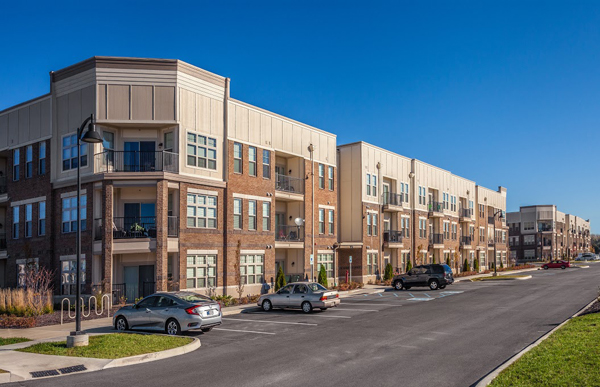
2. Long Parking Dwell Time = Slow Charging: A typical commuter probably drives 5-20 minutes or so to a train station and parks their car from around 6-9 am to 3-7 pm. This means most commuter’s cars sit parked for 8-10 hours, ideal for charging.
An 8-10 hour dwell time frame means that Level 2 is a plenty fast enough charge rate for probably 99% of EV commuters. They would park, plug in, set their charging needs and pricing parameters in a charging network app and get on their train or bus and head off to work. When they arrive back in the evening, their EV would be full charged or at the level they set.
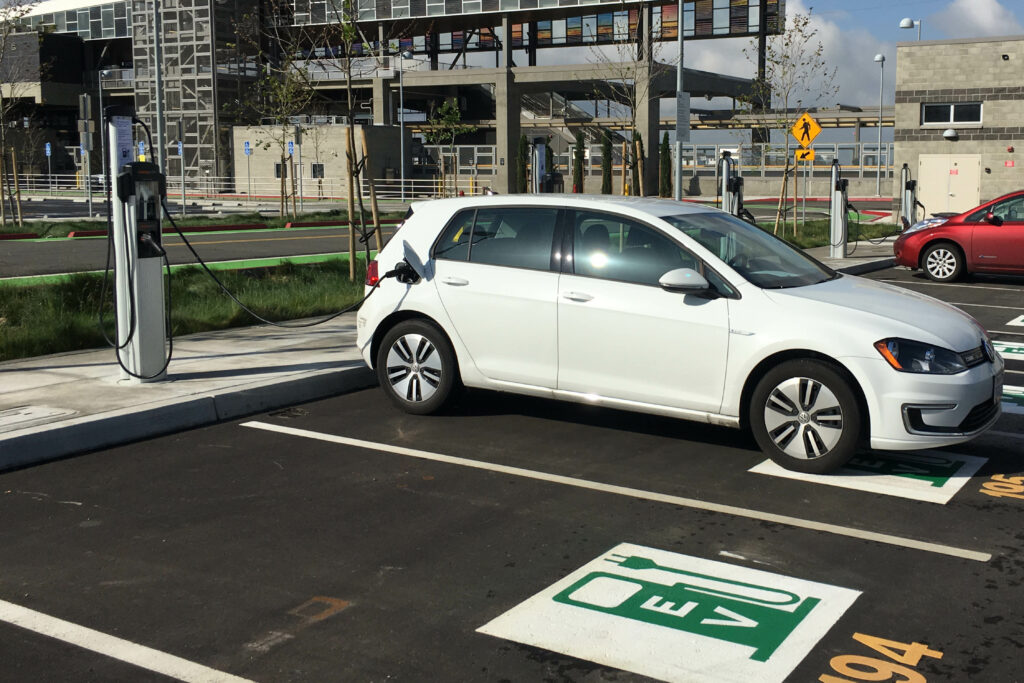
3. Existing Electrical Infrastructure: Most mass transit centers with trains are going to have a pretty significant electrical infrastructure to power electric trains, station lights, pay gates and ticket machines, etc. This energy infrastructure will in many cases be able to support the additional demand from Level 2 charging of dozens of cars.
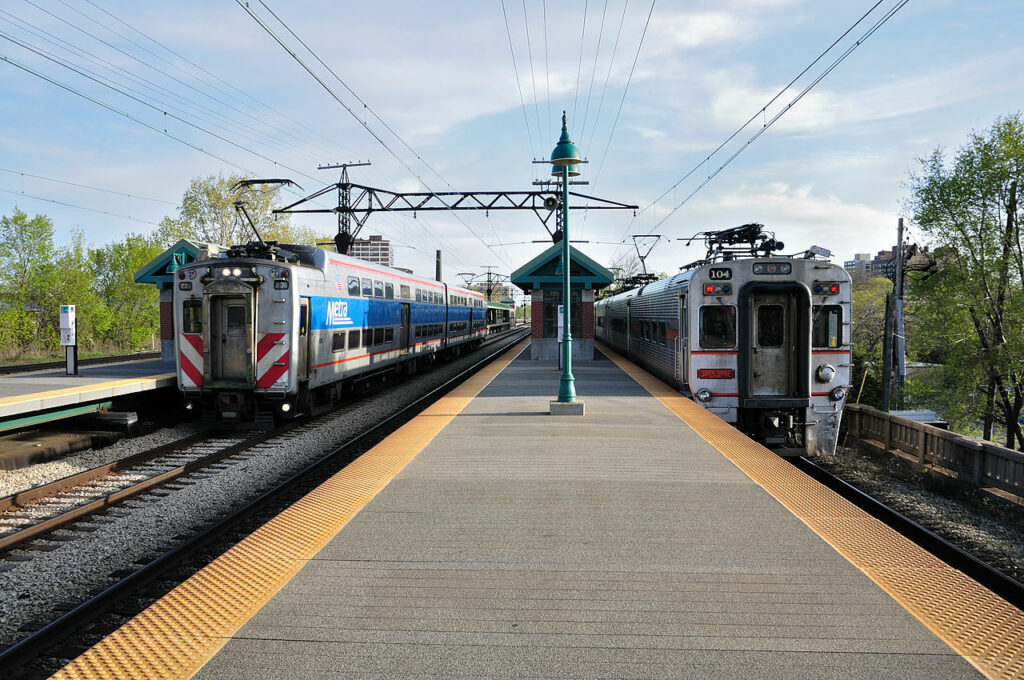
By vxla – Flickr: Trains on the Metra Electric District Mainline, CC BY 2.0, https://commons.wikimedia.org/w/index.php?curid=17913291
4. Ideal for Solar Canopies/Microgrid: Transit parking lots usually have a decent amount of real estate available to install solar parking canopies to generate electricity that can help offset the additional energy required to power the EV charging stations.
Add in a large battery pack installation and these parking lots can capture solar energy and supplement as needed by drawing from from the grid overnight which can then reduce demand charges and enable trickle charging EVs from the battery packs. The battery packs can then be managed by a software system that appropriately allocates the required electricity to each charging car as needed and paced throughout the 8-10 hours most cars are parked and plugged in.
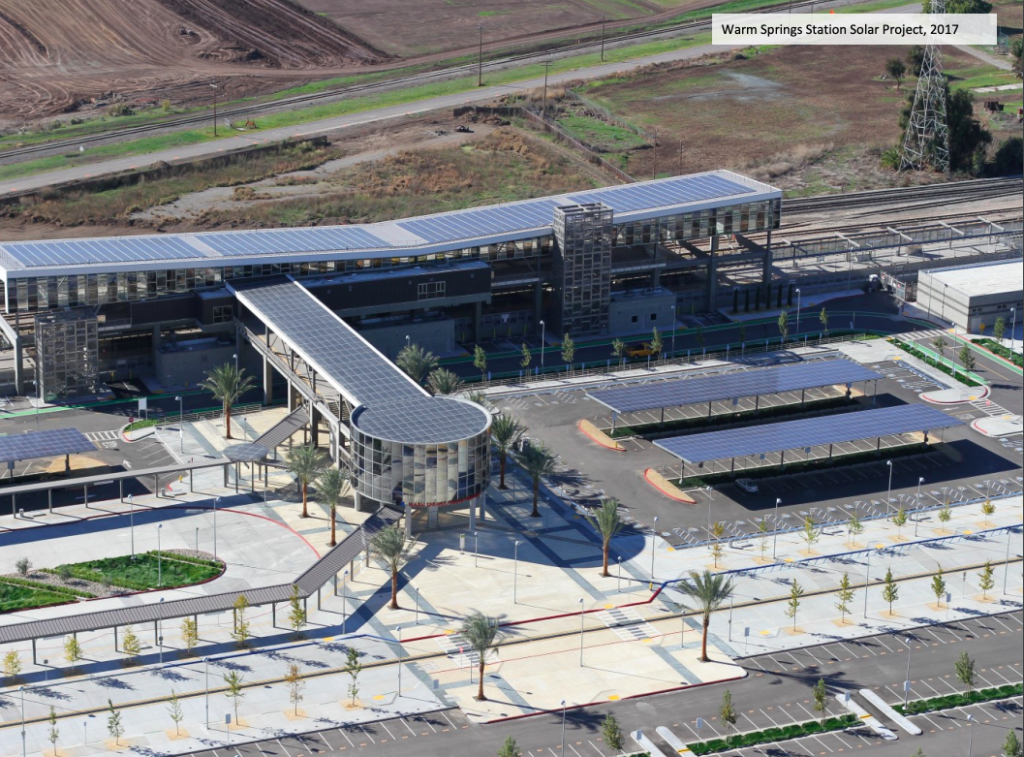
Fremont Warm Springs BART Station Parking Lot-Solar 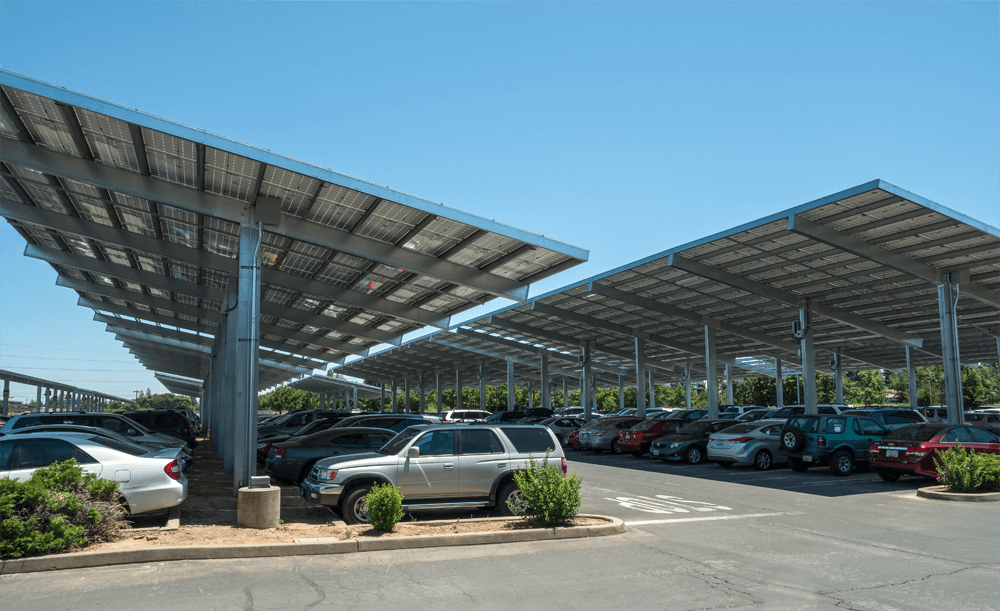
5. Ridership/Revenue: Mass transit is seeing increased competition from ride sharing, driver access to HOV lanes and other emerging mobility options. The study, “Understanding the Recent Transit Ridership Decline in Major US Cities: Service Cuts or 2 Emerging Modes?” by three University of Kentucky civil engineers, and covered by Streetsblog, suggests that ride sharing services such as Uber and Lyft have likely contributed greatly to declines in mass transit (trains and buses) in most major US cities.
Mass transit agencies will need to become entrepreneurial and look for ways to better compete with the emergence of additional mobility options. As sales of EVs grow and reach beyond early adopting home owners with easy charging access, providing EV charging stations at transit parking stations will be a great way to attract or retain riders.
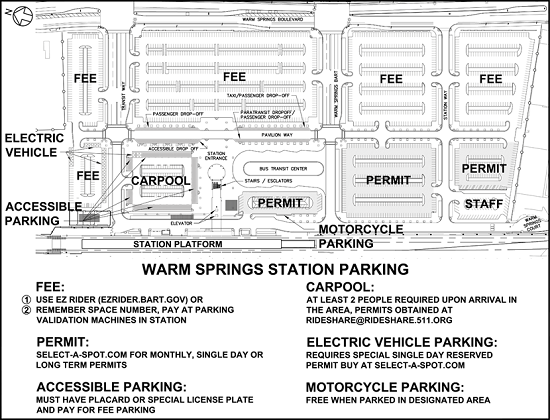
6. Parking Permits and Enforcement: Most mass transit organizations have their own police and security personnel who enforce station parking lot rules around payment and special parking permit and time rules. These same personnel could enforce rules such as requiring a special EV parking permit, that EVs be plugged in while parked in EV charging spaces. Additionally, they would enforce and ticket ICE vehicles that are parking in EV spaces – something that many private parking lot managers seem reluctant to do.
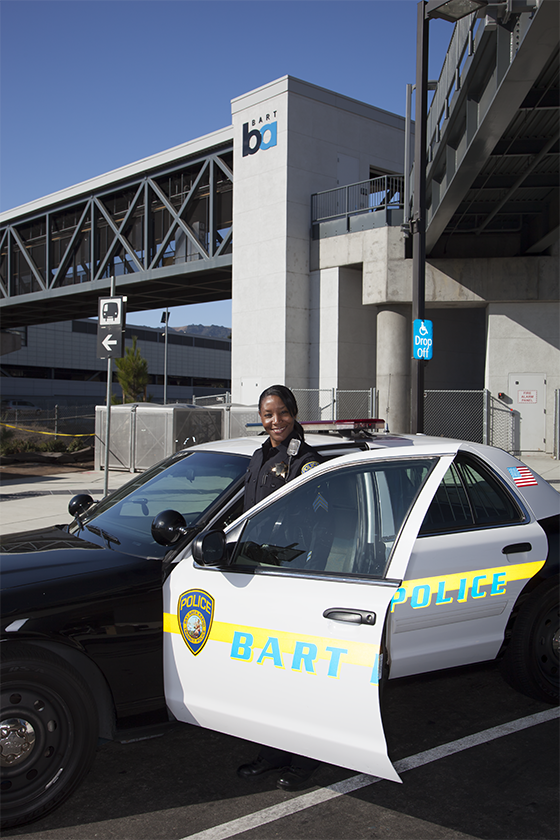
7. V2G/Demand Response: EV owners who are also home owners and who have favorable charge rates from their utility and if their EV has bi-directional charging capabilities like the Nissan LEAF, could also be tapped into to charge other cars as needed. While this scenario is likely many years in the future when most EVs have V2G capabilities, it may be viable option to minimize peak demand charges for mass transit agencies.
Plugged in EVs with plenty of available battery range could be tapped into to charge other EVs during periods of high demand. EV owners could be paid a competitive rate for their stored energy from their battery to reduce or eliminate peak demand charges when 25, 50 or 100 EVs are all charging at the same time.
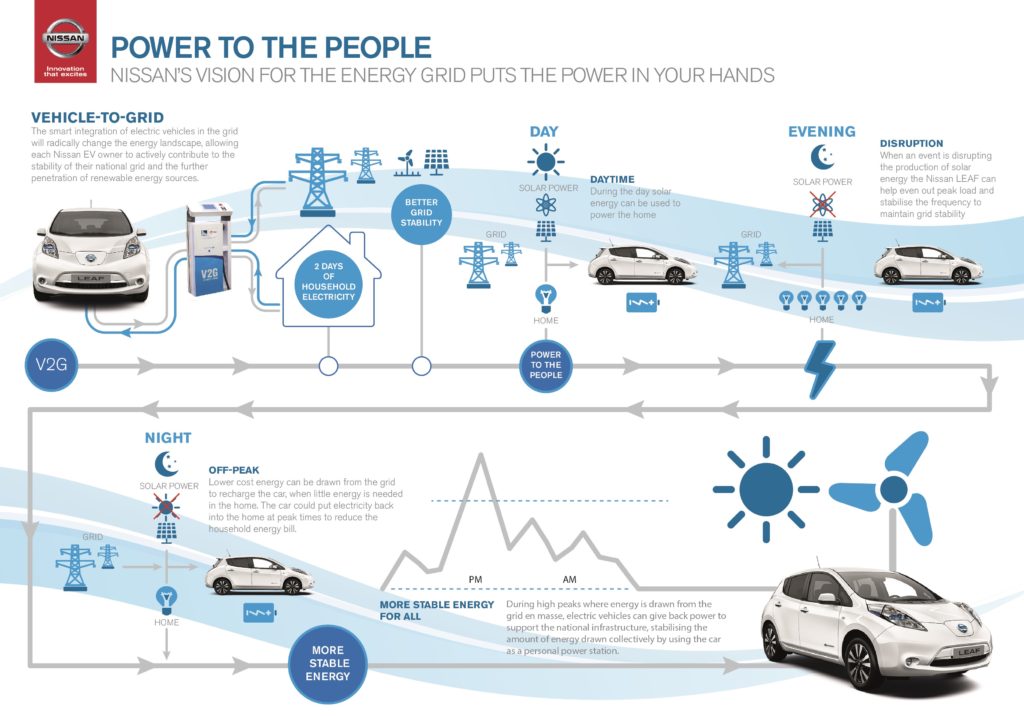
8. Supports Government Sustainability Goals: Most government organizations have some type of sustainability initiatives and goals. Adding EV charging stations, such as this initiative from BART, clearly supports these green initiatives.
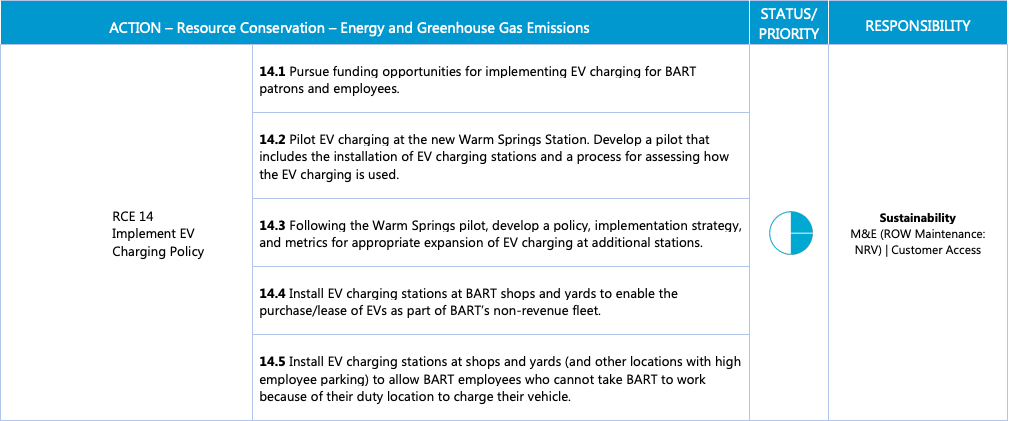
Final Thoughts and Questions
As EV adoption increases, especially outside of early adopters, charging stations at mass transit parking lots could play a key role in making charging more accessible, especially for commuters without access to home charging. As government-run entities, however, there are a few hurdles that could delay the roll out of charging stations:
- The slow-moving nature of government agencies and approval processes
- Budget limitations. With declining ridership at many transit systems, aging trains and underpaid workers – gaining budget to install EV charging stations may be a very low priority.
- Some transit systems may simply lack the expertise to move forward and don’t see the need to explore adding EV charging at this early state of adoption in some markets.
- Transit stations with a small or simply too few parking spaces to accommodate dedicated EV charging parking spaces may find significant resistance from transit customers.
In a future post, I will relay how one mass transit agency, BART, is approaching EV charging and share some of their learnings to date.


4 Responses
When I spoke to BART years ago about charging infrastructure in their lots, their biggest concern was vandalism.
I can see that. But with the BART security, that is one of the advantages of mass transit parking lots. But I’m sure vandalism will still occur.
Nice article. Have you sent it to BART management?
I haven’t sent a link to the article directly to BART management, but definitely sent it to their communications person who provided information to me.